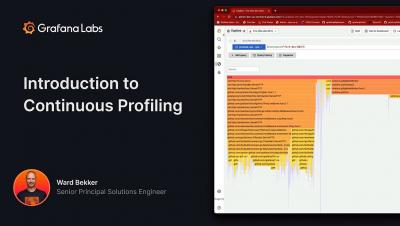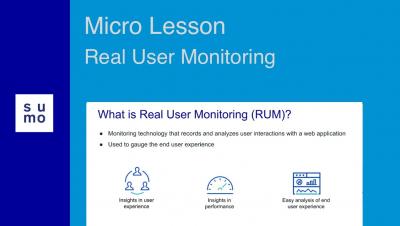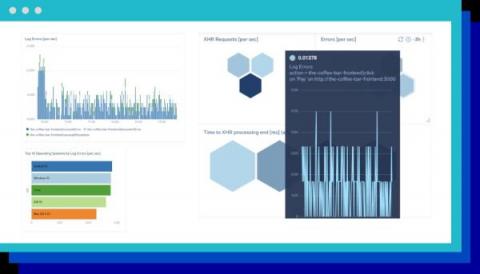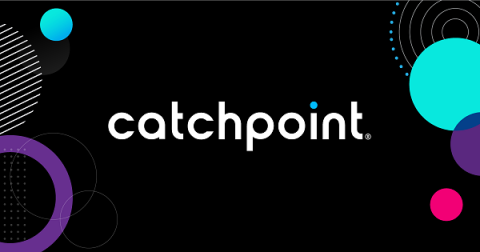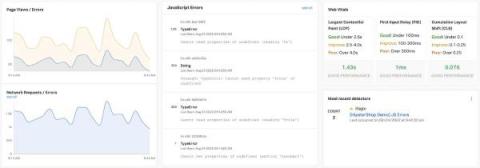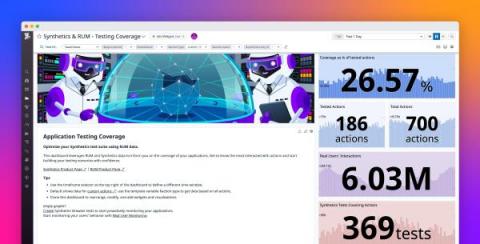Operations | Monitoring | ITSM | DevOps | Cloud
RUM
Easy JavaScript error investigation with source maps
Hopefully by now you’re taken your first sip of Elastic RUM, or real user monitoring, and see the power of searching through traces and the User Experience metrics to gain insights into how users actually use and experience your application. One issue you may have experienced is the challenge of finding the source of errors for minified JavaScript files.
Micro Lesson: Real User Monitoring (RUM) 2.0
8 Best Real User Monitoring Tools and How to Choose One [2022 Review]
Staying in control of your users’ digital experience and their level of satisfaction is the most important thing you can do as a software-based business. Yet, that’s impossible to do without a monitoring strategy and tools that enable you to visualize how customers interact with your app or website from their perspective.
APM/ RUM: Learn about the latest updates and what's coming
New capabilities: Sumo Logic expands Real User Monitoring (RUM)
Catchpoint's New Node to Node Feature Removes Corporate Blind Spots
At Catchpoint, we release new features approximately seven times annually. Catchpoint’s previous release, Andante, includes a variety of updates and new features, including a powerful new smartboard redesigned to be more intuitive and help our users find solutions faster, additional metrics to strengthen our unique RUM solution, and the ability to generate alerts for workforce experience based on issues your Digital Experience Score identifies.
Using Splunk Observability Cloud to Monitor Splunk RUM
As a principal engineer on the Splunk Real User Monitoring (RUM) team who is responsible for measuring and monitoring our service-level agreements (SLAs) and service-level objectives (SLOs), I depend on observability to measure, visualize and troubleshoot our services. Our key SLA is to guarantee that our services are available and accessible 99.9% of the time.
Track your test coverage with Datadog RUM and Synthetic Monitoring
The modern standards of the web demand that user-facing applications be highly usable and satisfying. When deploying frontends, it’s important to implement a comprehensive testing strategy to ensure your customers are getting the best possible user experience. It can be difficult, however, to gauge the effectiveness of your test suite. For instance, all of your tests may be passing, but they might not cover a specific UI element that is crucial to a critical workflow.
How Datadog's Technical Solutions team uses RUM, Session Replay, and Error Tracking to resolve customer issues
Organizations across a wide range of industries share a common goal: deploy stable applications that support their customers’ needs. Many of these organizations rely on the Datadog platform to get complete visibility into the health and performance of their applications, and we understand how important it is that our services are reliable. That’s why we leverage our own products to ensure that the platform works as expected.


